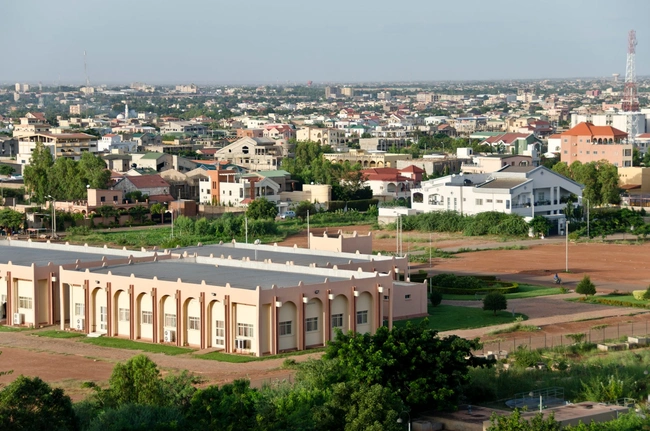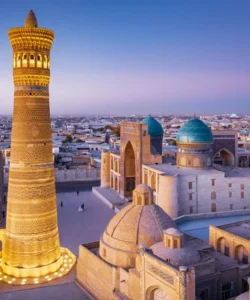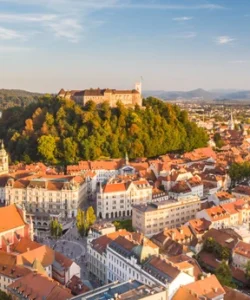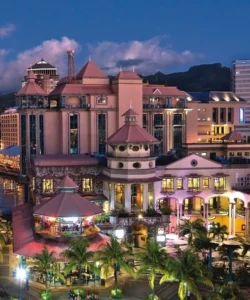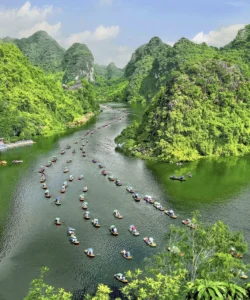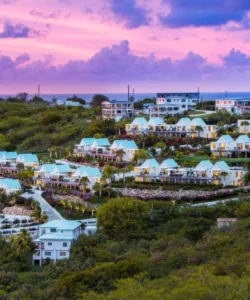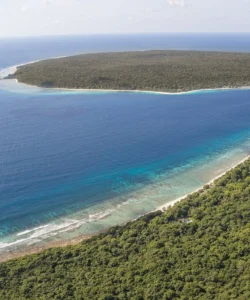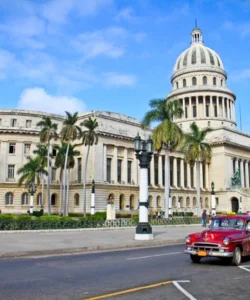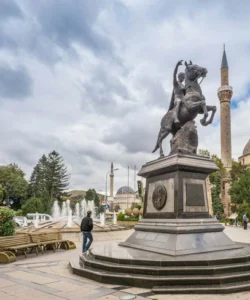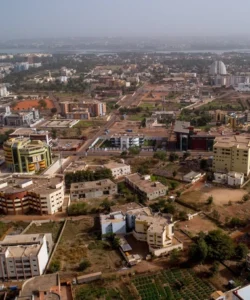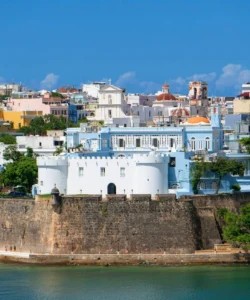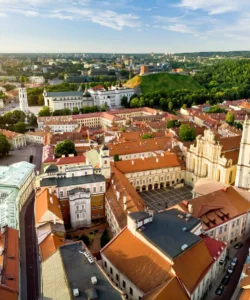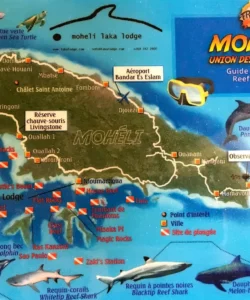Burkina Faso, which translates to “Land of Incorruptible People,” is a landlocked country in West Africa. It is a nation with a rich cultural heritage, but it has faced significant challenges due to political instability and a growing security crisis.
Listen to an introduction about Burkina Faso
![]()
Area: Approximately 274,200 km² (104,542 sq mi).
Population: The estimated population for 2025 is around 24.4 million.
Language: French is the official language. Many local languages are also spoken, including Mooré and Dioula.
Currency: The West African CFA Franc (XOF).
Religion: The majority of the population is Muslim (predominantly Sunni), followed by Roman Catholics, those who maintain exclusively Indigenous beliefs, and various Protestant groups.
Capital: Ouagadougou.
Major Cities: Besides Ouagadougou, other significant cities include Bobo Dioulasso, Koudougou, Ouahigouya, and Banfora.
Attractions & Wonders:
Burkina Faso boasts a rich array of natural and historical sites. Some notable attractions and wonders include:
- Cultural & Historical Sites:
- Ruins of Loropéni: A UNESCO World Heritage Site, this complex is the best-preserved example of medieval fortified settlements in West Africa, historically linked to gold mining and Trans-Saharan trade.
- Royal Court of Tiébélé: Another UNESCO site, this complex of adobe residential buildings and sacred sites, founded by the Kassena people, showcases distinctive architecture and cultural traditions.
- Ancient Ferrous Metallurgy Sites: Multiple UNESCO-listed sites, including Douroula (dating back to the 8th century BCE), showcasing the long history of iron metallurgy in the region.
- Grand Mosque of Bobo-Dioulasso: A striking example of Sudano-Sahelian architecture.
- Monument of National Heroes (Ouagadougou): A significant historical monument.
- Royal Palace of Ouagadougou: A historical monument representing Burkina Faso’s traditional kingship.
- Mossi Villages: Immerse yourself in the authentic Mossi culture, traditions, music, dance, and crafts in these rural villages.
- Natural Wonders:
- W-Arly-Pendjari Complex: A trans-boundary UNESCO Natural World Heritage Site shared with Niger and Benin, known for its vast Sudano-Sahelian savanna and diverse wildlife, including lions, buffalo, and various antelopes.
- Banfora Cascades (Karfiguéla Waterfalls): A series of stunning waterfalls cascading into natural pools, popular for swimming and relaxation.
- Sindou Peaks: Unique geological formations of towering rock formations, cliffs, gorges, and caves, attracting hikers and nature enthusiasts.
- Sacred Forests of Kaya: Home to diverse plant and animal species and a site for traditional rituals.
- Lake Tengrela (near Banfora): Famous for its rich birdlife, offering opportunities for fishing and boat trips.
- Mount Tenakourou (Mount Non Vel): The highest mountain in Burkina Faso, offering panoramic views.
Architecture:
Burkinabé architecture is a fascinating blend of traditional West African building techniques and modern design principles. Key features of traditional architecture include:
- Earthen Structures: Primarily using adobe (sun-dried mud bricks) and laterite stone.
- Circular/Rectangular Compounds: Often reflecting social structures.
- Thatched Roofs: Made from local grasses.
- Intricately Decorated Mud Houses: Especially in southern Burkina Faso, featuring geometric patterns and symbols painted on walls.
- Fortress-like Structures (Soukala): With flat roof terraces used for sleeping in hot seasons and minimal openings for protection and climate control.
- Elaborate Royal Palaces: Often with intricate facade decorations and distinctive conical roofs.
Colonial influence introduced European architectural styles, grid-pattern urban planning, and new materials like cement and corrugated iron in major cities and administrative buildings.
Roads:
Burkina Faso places importance on developing its transportation infrastructure. Recent initiatives have seen the construction of roads using local labor and machinery, aiming for self-reliance and reducing dependency on foreign aid. While efforts are being made to improve the road system, it’s generally advisable to check current conditions, especially for travel outside major urban centers.
Hotels:
Ouagadougou, the capital, offers a range of hotel options, from luxury establishments to more budget-friendly choices. Some popular options include Sopatel Silmande, Lancaster Ouaga 2000, Bravia Hotel Ouagadougou, and Residence Diane. Prices vary depending on the star rating and time of year.
Restaurants:
Ouagadougou has a growing restaurant scene with options for both local and international cuisine. Some popular restaurants include:
- Diarafaso: Known for its authentic traditional Burkinabé cuisine and immersive cultural experience.
- Gondwana: Offers a blend of authentic African decor and artistry.
- Le Coq Bleu: A popular spot for French cuisine, featuring dishes like escargots and coq au vin.
- Le Bistrot Lyonnais: Provides an authentic French bistro experience.
- Maquis le Zagol: A relaxed outdoor eatery serving robust local flavors, particularly grilled meats.
- La Maison de Celine: Offers an intimate setting with personalized service and a gourmet touch to home-style cooking.
- Le Charango: Fuses South American and African flavors for an adventurous menu.
Cuisine:
Burkinabé cuisine is rich in flavor and typically features staple foods like millet, sorghum, maize, rice, and yams. Common ingredients include beans, peanuts, grilled meats (fish, goat, mutton, beef), and various vegetables. Popular dishes include:
- Tô: A staple made from fermented millet or sorghum, often served with various sauces and stews.
- Riz Gras: A flavorful rice dish often prepared with meat and vegetables.
- Mafe (Peanut Stew): A rich and savory stew made with peanut paste, often with meat.
- Yassa Chicken: Chicken cooked with onions, lemon, and mustard.
- Ragout d’igname: Yam stew.
- Babenda: A traditional dish with fermented leaves and millet.
- Sauce Gombo (Okra Sauce): An okra-based sauce served with meat or vegetables.
- Fufu: A starchy dough made from cassava or yam, usually served with a rich sauce.
For desserts, Dégué (made with couscous and millet in yogurt) and Attieke (fermented and grated cassava served with fish and toppings) are popular. Local drinks include bissap (hibiscus) juice, tamarind juice, ginger juice, and Dolo (millet beer).
